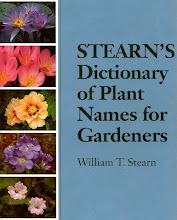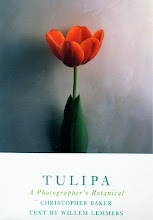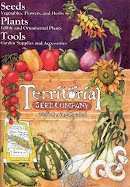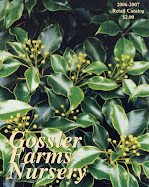The Moss Garden at Bloedel Reserve April 2011
In a series of coincidence, Rusty gave me the photographic book The Japanese Gardens: Kyoto for my birthday in March 2011. The April 2011 issue of Garden Design included an article about moss in the gardens of Kyoto. Rusty & I saw the Moss Garden at the Bloedel Reserve in Bainbridge Island, Washington near Seattle, also in April 2011. In Garden Design: A World Apart, Susan Heeger wrote of the Moss Garden at Saiho-ji, “The Garden’s most celebrated aspect, the legion of mosses in different shades of green that swath hummocks & hills & mounds around the pond, almost certainly arose on its own in the humid climate. The verdant carpet sprouted & spread on these shady slopes, suggesting a place much more natural than designed. ‘Mosses invited themselves into the gardens of Japan & thereby invented moss gardening,’ George Schenk wrote in Moss Gardening, his authorative book.” The famous Moss Garden of Saiho-ji is found in a grove surrounding the Golden Pond, where the growth of more than 120 species of mosses is said to have started after a flood. ‘Outside of Japan, ground-covering mosses more extensive than a few square yards remain rare in gardens,’ writes George Schenk in Moss Gardening. I was unable to find information about the origin of the Moss Garden at Bloedel Reserve. But the entire Reserve lies in a very moist micro-climate. There are many ponds, bogs & streams. Moss is everywhere, clinging to trees & shrubs, covering areas of forest floor. In the Moss Garden, moss carpets the ground in a large, boggy area drained by small channels of flowing water & shaded by native conifers. The Moss Garden is adjacent to the Japanese Garden. The path curves through on its way to the Reflection Pool. Unlike the Japanese Garden, the Moss Garden looks very natural to western Washington, although unnaturally open & clear of debris. 700 species of mosses grow along the Pacific Northwest Coast. The Bloedel Reserve website provides this short description, ‘In this hushed garden room, with its dense living carpet, wiry huckleberries spring from decaying stumps and huge skunk cabbages crowd the dampest places under a canopy of lacy angelica trees, creating a mysterious landscape.’
The Moss Garden at Saiho-ji from The Japanese Gardens: Kyoto






















































































